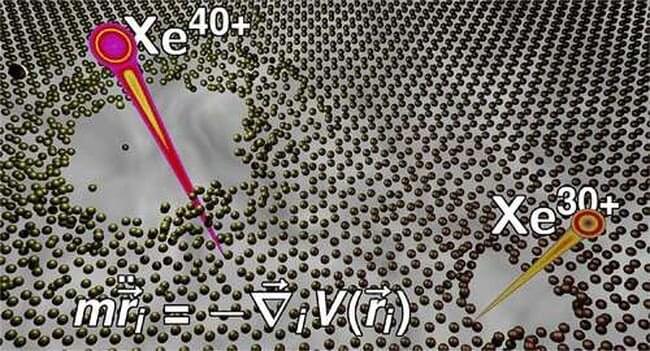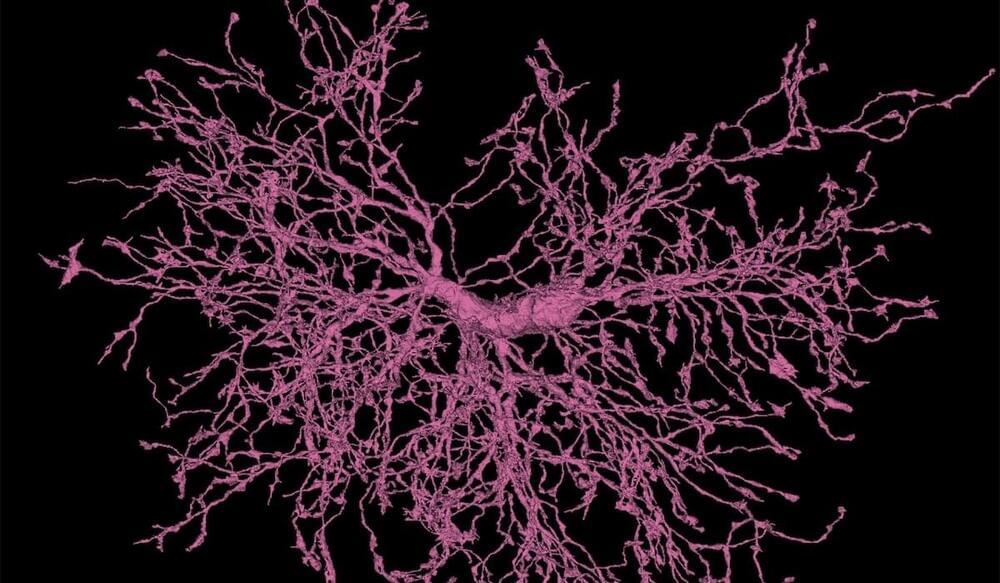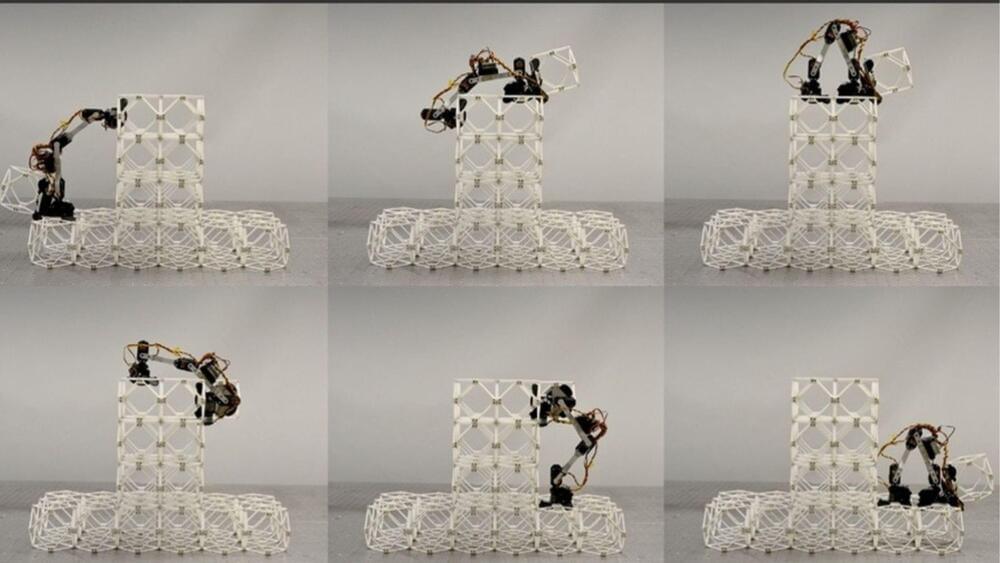Nov 29, 2022
How to fire projectiles through materials without breaking anything
Posted by Shubham Ghosh Roy in categories: nanotechnology, particle physics
When charged particles are shot through ultra-thin layers of material, sometimes spectacular micro-explosions occur, and sometimes the material remains almost intact. The reasons for this have now been explained by researchers at the TU Wien.
It sounds a bit like a magic trick: Some materials can be shot through with fast, electrically charged ions without exhibiting holes afterwards. What would be impossible at the macroscopic level is allowed at the level of individual particles. However, not all materials behave the same in such situations—in recent years, different research groups have conducted experiments with very different results.
At the TU Wien (Vienna, Austria), it has now been possible to find a detailed explanation of why some materials are perforated and others are not. This is interesting, for example, for the processing of thin membranes, which are supposed to have tailor-made nano-pores in order to trap, hold or let through very specific atoms or molecules there.


















